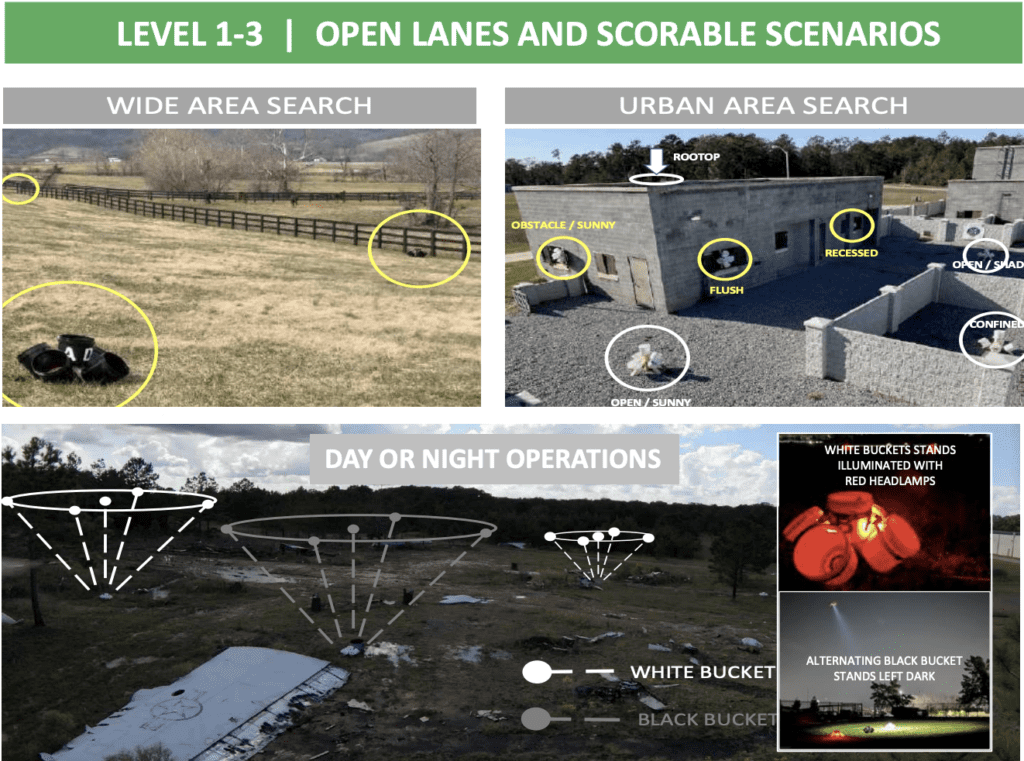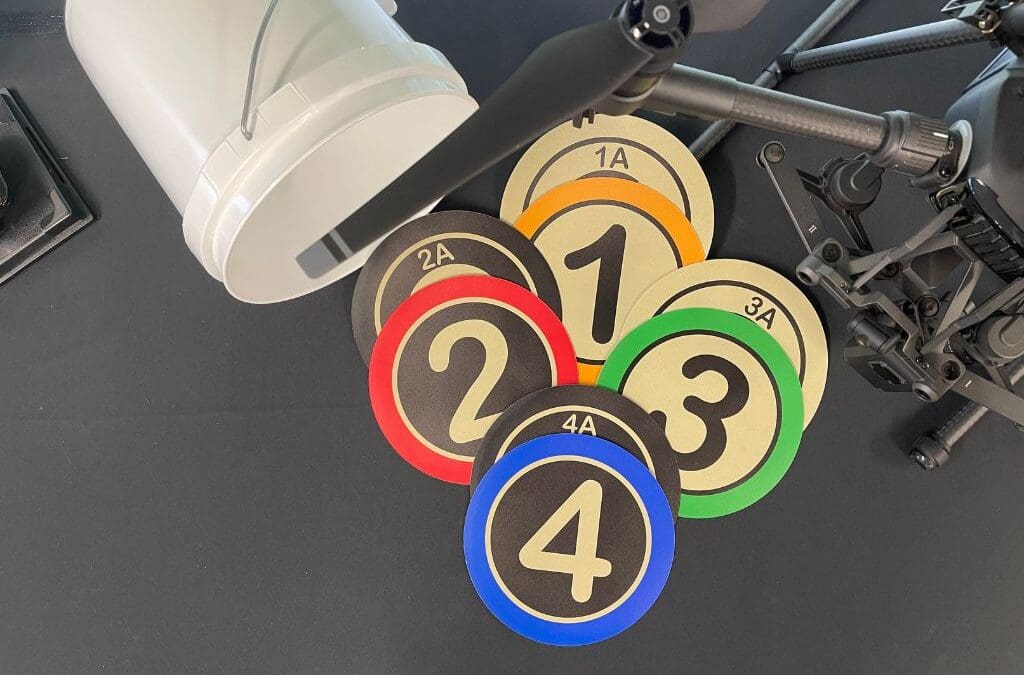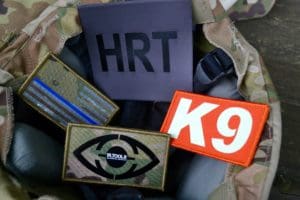Funny story. Or maybe not.
A friend of mine decided to up his game in the home improvement business and bought a nifty drone.
No more rooftop adventures for him!
He is a techy guy so he figured out the basic operation of the drone and started practicing around his neighborhood. Not a guy to read the manual in depth and after a few days he felt confident he was ready to fly.
Unfortunately, he wasn’t.
Practicing in a “tree-free” zone is a lot easier than dodging branches. Long story short, he sent his new drone to early retirement as it smashed into several branches and fell to the ground. Ouch!
Why do I tell this story?
Because it is a cautionary tale about the importance of proper training when operating your drone.
Drones are Flying Everywhere!
No doubt about it. Drones are here to stay. They are more affordable and perfect for a wide array of tasks.
Currently, we are hard-pressed to find an industry that is not deploying drones.
This list, while not comprehensive, does include the vast numbers who benefit from flying drones.
- Agriculture for crop monitoring
- Construction for site safety inspections
- Real estate for aerial footage of properties
- Energy for inspecting dangerous power lines
- Oil and gas for inspecting pipelines
- Film and media for aerial filmmaking
- Surveying for aerial mapping
- Science and research for environmental studies
- Security and law enforcement for surveillance, monitoring events, search and rescue
Training for all Pilots: Beginners or Expert
My friend’s mishap cost him some heartache and cash but poor training in a suspect pursuit can lead to far more serious consequences.
Therefore, proper training and know-how to ensure safe and effective drone operations is critical.
Not only should an operator learn how to maneuver the complexities of the drone, but he must understand and follow the necessary FAA safety guidelines.
Regardless if you are a beginner or an experienced pilot, the training and education to perform specific missions are not to be ignored.
NIST Training Standards are Top-Notch
The National Institute of Standards and Technology (NIST) is leading the way in developing methods and safety standards necessary to evaluate and measure the proficiency of drone pilots.


These standards ensure safe drone operations to minimize the risk of accidents and injuries.
NIST with the sponsorship of US Homeland Security Science and Technology developed a complex 5 Level training course. Each level requires the pilots to perform specific maneuvers. Starting with the less complex at Level 1 called OPEN LANES to the progressively more difficult at Level 5 called CONFINED LANES.
There are strict time limits and specific tasks assigned to each level. In the end, the test measures the drone’s reliability and the pilot’s skills.
In addition to the skills portion of the test, NIST includes all the safety and legal compliances to consider when operating a drone.
The tests support all industries currently using drones with and without cameras. Researchers, manufacturers, emergency response, law enforcement, infrastructure inspection, and even recreational pilots all benefit from taking the course.
Flying an Onboard Thermal Device
Last year we were in contact with Jason Day, Director UAS Program for the Texas Department of Safety, and Tim Martin, Director of UAS operations at the CA Regional Training Center. These directors head up their respective NIST certification programs.
Both Jason and Tim sought out a thermal film to possibly help with the NIST training that involved an onboard thermal device.
Because Law Enforcement has amped up the deployment of thermal devices for all operations regardless of the time of day, they were desperate for something to sure-up the thermal portion of the training.
They found the current bucket-style training maneuvers were very difficult to perform when the pilot was using the thermal device. Primarily the pilot couldn’t tell one omni-bucket from the next.
This portion of the test led to frustration, confusion, and uncertain results.
“Could we help?” they asked.
At this point even though I was not familiar with the NIST training maneuvers, I was pretty confident our thermal markers would solve their problem.
NIST Compliant Disc Built with Thermal Film
After some back and forth on sizes, patterns, and other logistics our engineering team kicked into gear to build some one-of-a-kind NIST-compliant thermal training discs.
The primary goal of the team was to merge the existing NIST training discs with the thermal film. The team carefully studied the intricate patterns, colors, and labels for each level of the discs. And without compromising the integrity of the various patterns, printing began.
We shipped off the prototype and waited for “real-time” feedback.
Results in a New and Exciting Tool
A short time later Tim emailed me and was super pleased with the results. The thermal discs worked “as good as we could have hoped for.” The contrast of the thermal disc in the bucket was clear and accurately guided the training pilots in the required scenarios.
Unknowingly we solved a secondary problem as well. Because we printed the NIST design on thermal materials the disc served a dual function. Easy to see with your eyes and a thermal device!
Both Tim and Jason emphasized the dual-function feature. It saved time and allowed the training to run smoothly without interruptions.
“The partnership between The Regional Training Center and IR.Tools have produced a new and exciting tool for public safety. The goal is to further enhance training and test camera capabilities in thermal and IR environments using NIST training standards.
–Tim Martin, UAS Training, The Regional Training Center for Law Enforcement
NIST Training DISCS and IR Tools Partnership
Given the green light for production, our team wasted no time and built a complete set of thermal discs for each certification level. This includes both hazard and landing zone discs.
Here is the list of the 5 levels. Click on the links to purchase.
Level 1: Open Lane – Basic proficiency and safety check
Level 2: Open Lane – Basic maneuvering around ground objects
Basic maneuvering around objects while controlling zoom and exposure
Level 4: Confined Lane – Control zoom and exposure while maneuvering around close objects
Level 5: Confined Lane – While controlling zoom and exposure search room to room
Maximize Your Skills with NIST and IR.Tools
Drones are here to stay.
They have become an indispensable tool in various industries, especially law enforcement.
Confidence and skill in operating a drone especially one equipped with a thermal device is key.
NIST has done its homework.
You will find the training and skills developed from this certification course extremely beneficial to maximize your results.
This is an investment you won’t regret.
FLY SAFE!
The Author

Tom founded IR.Tools™ in 2006. He has embraced manufacturing premium IR patches, panels, thermal markers, and thermal targets to better protect and train the military and law enforcement communities. Always the innovator, he is always thinking out of the box. Currently he has 21 awarded patents, and 14 patents pending. Tom received his BS and MS in Mechanical Engineering from the Univ. of MD, College Park and his MBA from Regents Univ.


